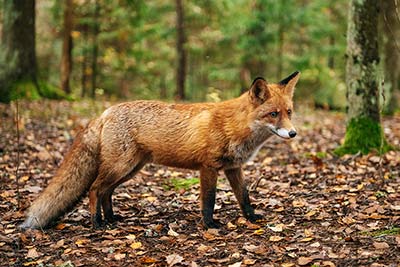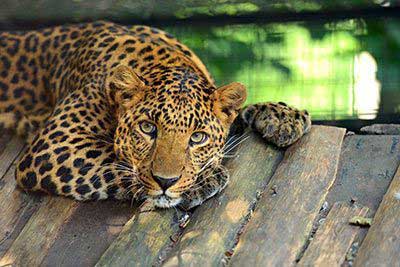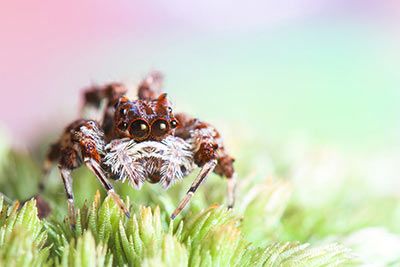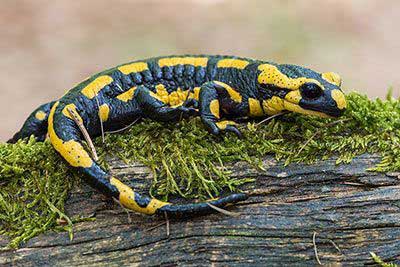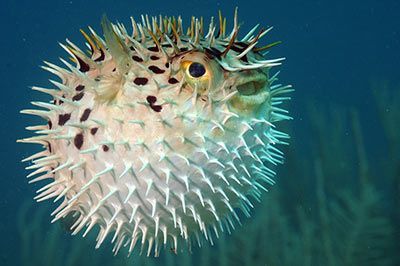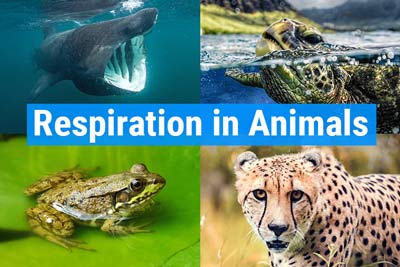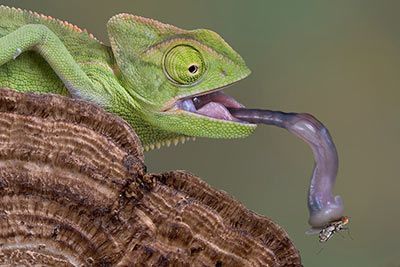Toad Migration
What is the toad migration? Find out in our knowledge article!
Each spring, frogs and toads awaken from their winter’s hibernation. This happens when it gets warmer and it stops getting colder than 41 degrees Fahrenheit (5 degrees Celsius) at night. In Germany, this is mostly around the end of March. Where the animals are going to and why - this will be explained in this text.
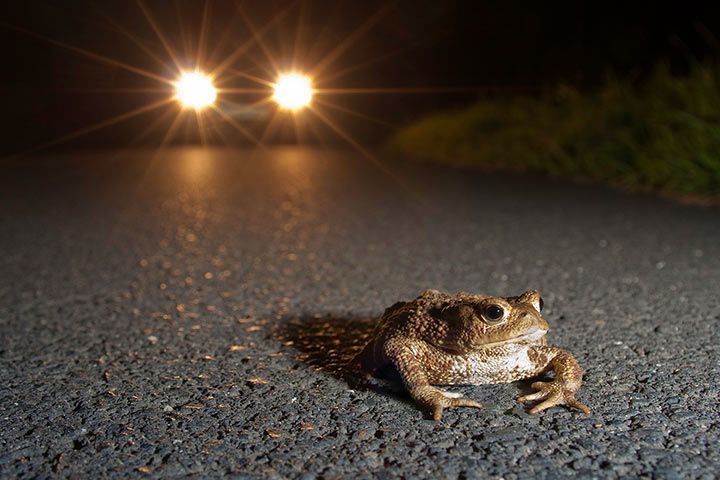
Where Are the Frogs Heading to?
The animals make their way o the body of water that they grew up in , where they transformed from frogspawn into a frog or toad (more about the metamorphosis of frogs and toads). They are going to lay eggs here. But these little amphibians often don’t make it ...
Why is Toad Migration so Dangerous for the Animals?
These amphibians often have to cross roads to get back to their laying grounds. Like in the video game “Frogger”, where you have to cross the street as a frog without getting squashed by cars and trucks. In real life, there are no zebra crossings for frogs. They don’t have a choice, they just have to hope they won’t be run over by a car. Drivers find it hard to see the animals because they mostly migrate at night. The humidity is higher, so they don’t dry out as quickly. Toads are especially slow and need a good 15 minutes to get to the other side. Drains are also dangerous (where rainwater flows). They fall in and starve because they can’t climb back out.
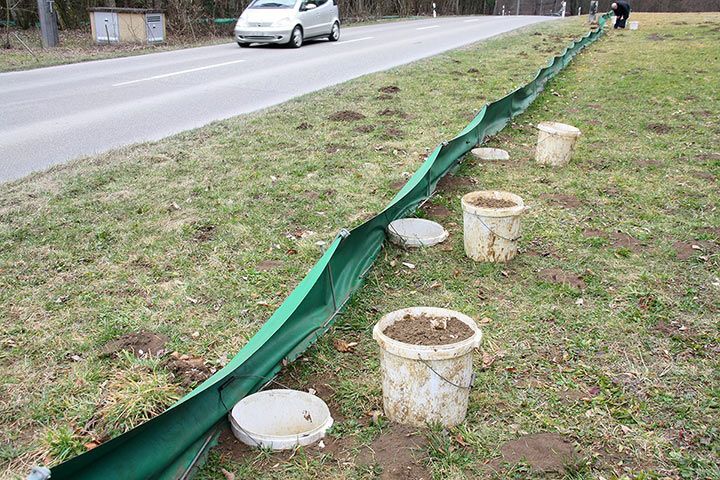
How Natural Preservation Organizations Help Frogs
If there is a body of water near a street, natural preservation organizations set up knee-height plastic fences. These are amphibian protection fences. They also bury buckets in the ground at regular intervals. The animals can’t hop that high, so they move along the fence until they fall into a bucket. The buckets are checked every day and the animals are taken to the other side of the road. These helpers are like a toad taxi service. Now, some roads that are built near water come with underground toad tunnels.
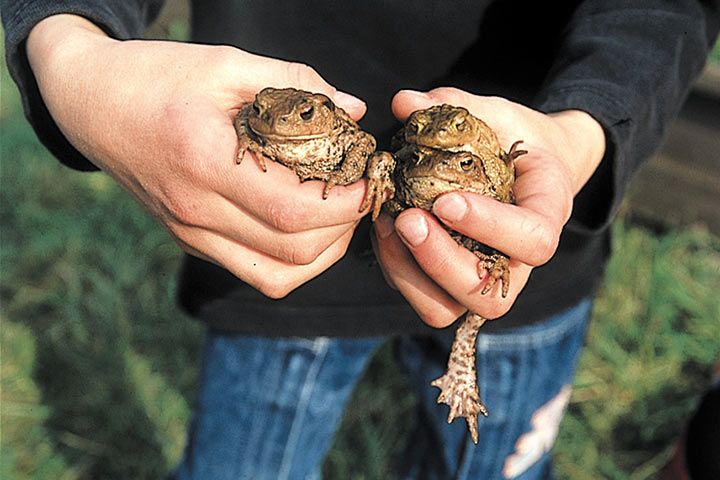
How Can You Help?
Together With Your School Class
Ask your biology teacher if there are any amphibian protection fences nearby. Maybe you can come up with a project for your whole class? While you save frogs and toads, your teacher can tell you lots of exciting facts about frogs and toads.
Together With Natural Preservation Organizations
You can also find out more on the NABU (Naturschutzbund Deutschland e.V.) website and search “frogs” to see dates: nabu.de. Not all projects may be listed, so you can ask at your local NABU branch.
Warning!
NEVER walk alone or with friends along a road to collect toads. It’s very dangerous. It’s not just frogs and toads that can be run over by cars, but you as well.
How Did the Frogs Survive the Winter?
During the cold winter months, they “brumate”. Their body temperature sinks so low that they can hardly move. They breathe very slowly and don’t eat for the whole time. Frogs are cold-blooded animals, so their body temperature depends on the external temperature. To make sure they don’t freeze in low temperatures, they have a trick on hand: they have enough glucose in their blood. This makes sure that the animals don’t die. An exciting example of frogs surviving frost is the wood frog.
- Watch now on animalfunfacts.net:
-
 All About Amphibians
All About Amphibians

